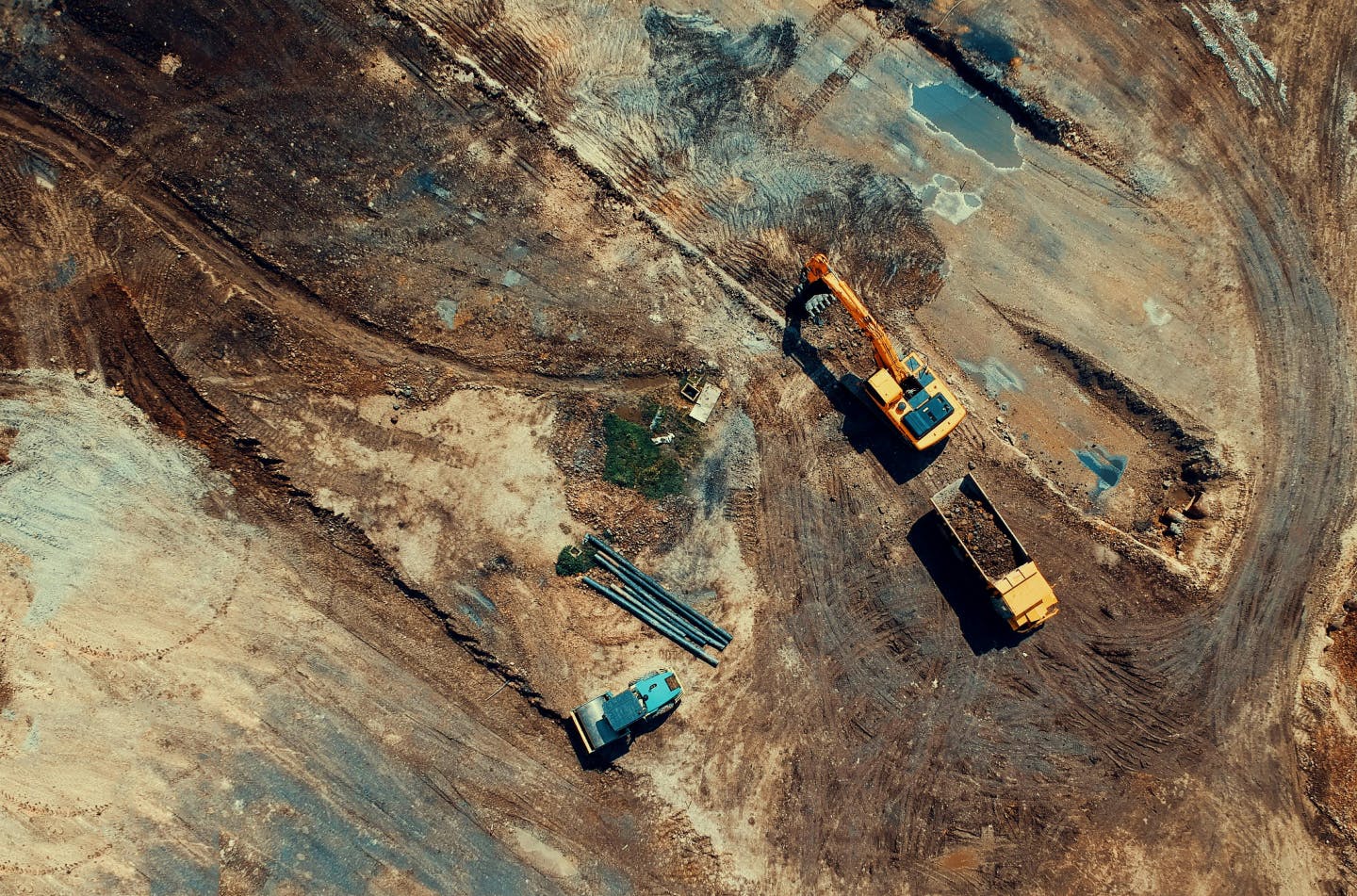
Closing the Gap: How Integrated Competency Systems Drive Safer, Smarter Construction.
Written by: James Eaton
By James Eaton, Founder of Complete Competence, FRICS
Over the course of my 25-year career in construction and digital transformation, spanning industry leaders like Laing O’Rourke and Sir Robert McAlpine, one thing has always struck me: our sector builds incredible things, but we’ve often overlooked how we build our people.
Bringing digital strategy into Laing O'Rourke taught me that technology can’t sit on the surface. It must be embedded as a driver of real, operational change. That experience shaped how I’ve approached transformation ever since - not as a tech-first initiative, but as a way to solve deep-rooted business problems from the ground up.
One of those problems? Competency management.
Rethinking Competency Management.
Despite all the advancements in construction tech, most organisations still rely on fragmented systems. HR platforms track employment, accreditation tools manage certifications, and learning systems handle training - each in isolation. None provide a complete, accurate view of whether someone is truly competent to perform their role, under current conditions, with current regulations.
This wasn’t just an operational inefficiency; it was a growing risk. As projects became more complex and regulation more stringent, the need for a unified approach to competency management became critical.
From Fragmented Systems to Strategic Insights.
With Building Safety Act rules tightening, knowing that someone once held a ticket isn’t enough. Organisations must be able to validate, revalidate, and continuously develop the capability of their workforce, across every level.
This gap is the driving force behind the creation of Complete Competence; a platform built specifically for the construction industry. It integrates capability data, performance analytics, and compliance requirements into a single, intelligent system. More than a piece of software, it’s a workforce development tool that helps companies plan strategically, mitigate risk, and build safer, better-performing teams.
From Compliance to Boardroom.
With the advent of the Building Safety Act, especially BS 8670, PAS 8671 and PAS 8672, competency is no longer just a frontline concern. It’s a board-level priority. Leaders need evidence, not assumptions, that their workforce is both qualified and current.
Complete Competence addresses this by leveraging OPTIC™ data reports that give clear visibility into workforce capability. From site managers to C-suite executives, organisations can identify gaps, benchmark performance, and take targeted action. Where development is identified, the platform links directly to third-party learning systems to ensure training is role-specific and outcome-driven.
Critically, the system uses pre-defined construction job family descriptors and technical criteria. It provides a consistent way to assess and validate performance across the business. This standardisation supports faster, safer onboarding and more agile workforce planning.

Safer, Smarter and more Sustainable Future in Construction.
As the construction industry evolves, the ability to demonstrate workforce competence clearly, consistently, and in real time will define who leads and who lags behind. The regulatory pressure is real, but so is the opportunity: to use competence as a driver of performance, safety, and long-term resilience.
This is why, through our integration with innDex - a leading digital workforce management platform, we’re taking competency from static records to dynamic, real-time assurance on site.
By combining Complete Competence’s role-based assessments and technical benchmarking with innDex’s Health and Safety tools, we’re creating a closed loop between competency validation and workforce deployment. That means:
- Safer sites: The system provides 100% confidence the person on site and undertaking your inspections etc. are competent to do so.
- Smarter risk mitigation: Clients can identify significant competency risks and take proactive steps to act against these, following the BSA requirements.
- Stronger reputation: By maintaining high competency standards, businesses protect their reputation, reducing compliance and legal issues.
- Strategic decision-making: is activated based on a deep understanding of competence and experience of the workforce.
- Data Mining at Project and Corporate Levels: The system leverages advanced analytics to monitor and improve competency management across all business levels.

James Eaton is a seasoned digital strategist and construction consultant with over 30 years’ experience working with top-tier contractors, developers, and clients. A Fellow of the Royal Institute of Chartered Surveyors (FRICS), James was the first person to introduce and implement a digital strategy at Laing O’Rourke, pioneering the company's move toward digital transformation. He has since led major transformation programmes at organisations like McLaren Construction and Sir Robert McAlpine - aligning digital strategy with practical, on-the-ground delivery.
